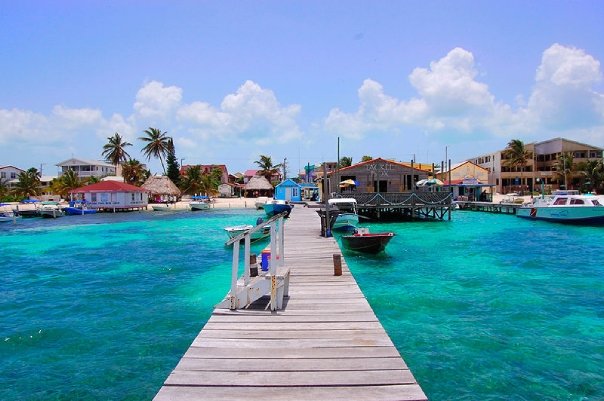Green turtles are found along the coast and sea, most frequently in the area between the coast and the barrier reef. They can be seen feeding in sea grass beds and resting along the coral reef, they feed on sea grass and algae.
Turtles live their life in the sea, but they return to sandy beaches to lay their eggs during particular months of the year. As air-breathing reptiles covered with impermeable skin, sea turtles are one of the few marine species that are suited for terrestrial life. It is the shelled egg that demands that the turtle's nest be laid on land; if the eggs were laid in water, the air-breathing embryo would drown. Mating between the male and female takes place in the water off of the nesting beaches; little is known about this process. Females then come onto land for the nesting process, an event that requires incredible exertion. After a long journey to land, the female sea turtle makes a long trek up the beach to lay her eggs. She chooses a well¬protected area, above the high tide line, and begins the arduous process of digging the nest. She will lay up to 100 eggs or more that will incubate for 30-60 days before hatchlings emerge and make the treacherous trip down the beach to the sea. Both the turtle nests and the young turtles are highly susceptible to the environment and predators.




